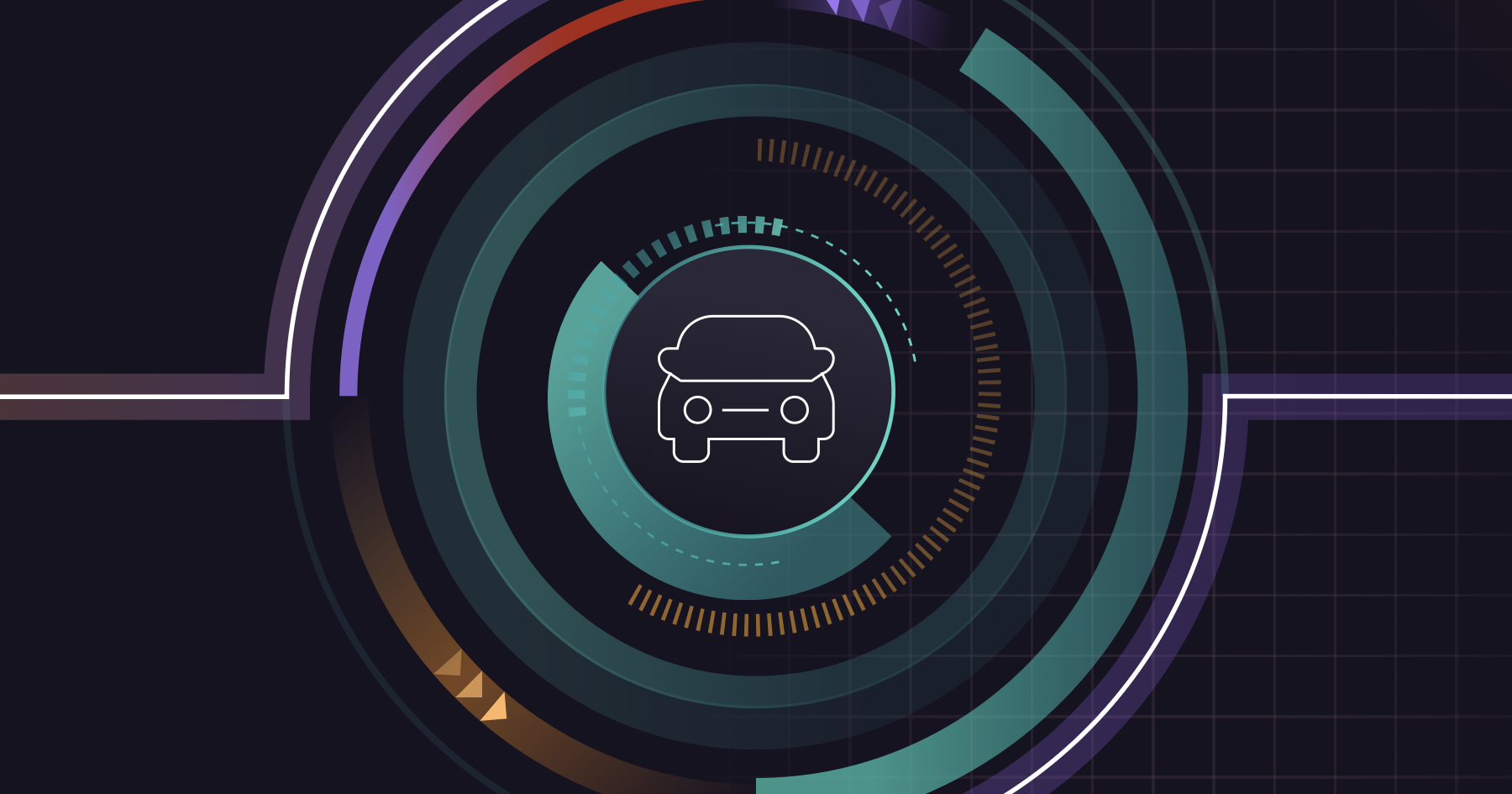The automotive industry stands at a pivotal transformation point. By 2035, every vehicle will be software-defined and AI-powered, and the average car is expected to contain 650 million lines of code by the end of 2025. The shift toward electric vehicles and software-defined vehicles demands a fundamental change in how original equipment manufacturers (OEMs) approach embedded development.
Today's vehicles are essentially computers on wheels, packed with sophisticated embedded systems that control everything from infotainment to critical safety systems. The complexity of modern automotive embedded systems requires new approaches to development, testing, and deployment that can keep pace with fierce market competition.
Artificial intelligence (AI) is emerging as the key accelerator for embedded development teams. Recent industry data shows that 66% of development teams in the automotive industry already use AI in their software development lifecycle — the highest adoption rate among all industries surveyed. This technology is revolutionizing how teams approach fundamental challenges in the development of autonomous and connected vehicles.
AI transforms traditional embedded development workflows across multiple dimensions. Code generation capabilities help developers write firmware for electronic control units (ECUs) in C/C++ more efficiently, reducing the time spent on boilerplate code while maintaining consistency across complex automotive systems. These AI systems understand the context of existing codebases and can suggest relevant implementations for standard functions.
Testing and validation represent another critical area where AI delivers substantial value. AI can automatically generate comprehensive unit tests for ECU functions, covering edge cases that human developers might miss. This capability proves essential for safety systems where thorough testing is mandatory for regulatory compliance.
Security remains paramount in modern vehicle development. AI-powered vulnerability analysis helps embedded developers understand and resolve security issues detected in their code. These systems can explain potential risks in clear terms and suggest appropriate remediation strategies optimized for resource-constrained microcontrollers.
Hardware-in-the-loop (HIL) testing, crucial for validating autonomous driving systems, benefits significantly from AI-driven root cause analysis. When HIL tests fail, AI can parse extensive log files and identify error patterns, dramatically reducing debugging time and accelerating the overall testing cycle.
Legacy code management poses ongoing challenges as teams transition between ECU generations. AI-powered code explanation capabilities help developers understand older codebases, reducing the risk of breaking critical pathways during migration. This proves especially valuable when documentation is incomplete or outdated.
Resource optimization for severely constrained environments also becomes more manageable with AI assistance. These systems can identify memory leaks, inefficient algorithms, and CPU-intensive operations that need optimization, ensuring firmware meets strict resource requirements while maintaining real-time performance.
Finally, visual interface development for infotainment systems using frameworks like Qt/QML benefits from AI-enhanced code reviews that catch issues early in development. This prevents costly delays and integration problems that often occur late in the development process.
The future of automotive embedded development belongs to organizations that successfully integrate AI throughout their development lifecycle. As technology complexity grows, AI becomes not just an advantage but a necessity for maintaining competitive position in the rapidly evolving automotive market.
Download the complete guide to explore all 10 AI use cases and discover how to implement these transformative solutions in your embedded development workflow.
Get instant access to the full guide below:
Resources
Transform automotive embedded development with AI
Key takeaways
- AI-powered code generation and automated testing reduce manual effort while maintaining quality standards for safety-critical automotive systems.
- Automated vulnerability detection and resolution help embedded systems meet functional safety and cybersecurity regulations faster.
- AI systems provide root cause analysis for failed tests and optimize resource utilization in constrained embedded environments.
